The undersea fiber optic cable system, which transmits more than 95% of global Internet traffic and connects continents, is becoming a battleground in strategic competition between major powers, especially the US and China.
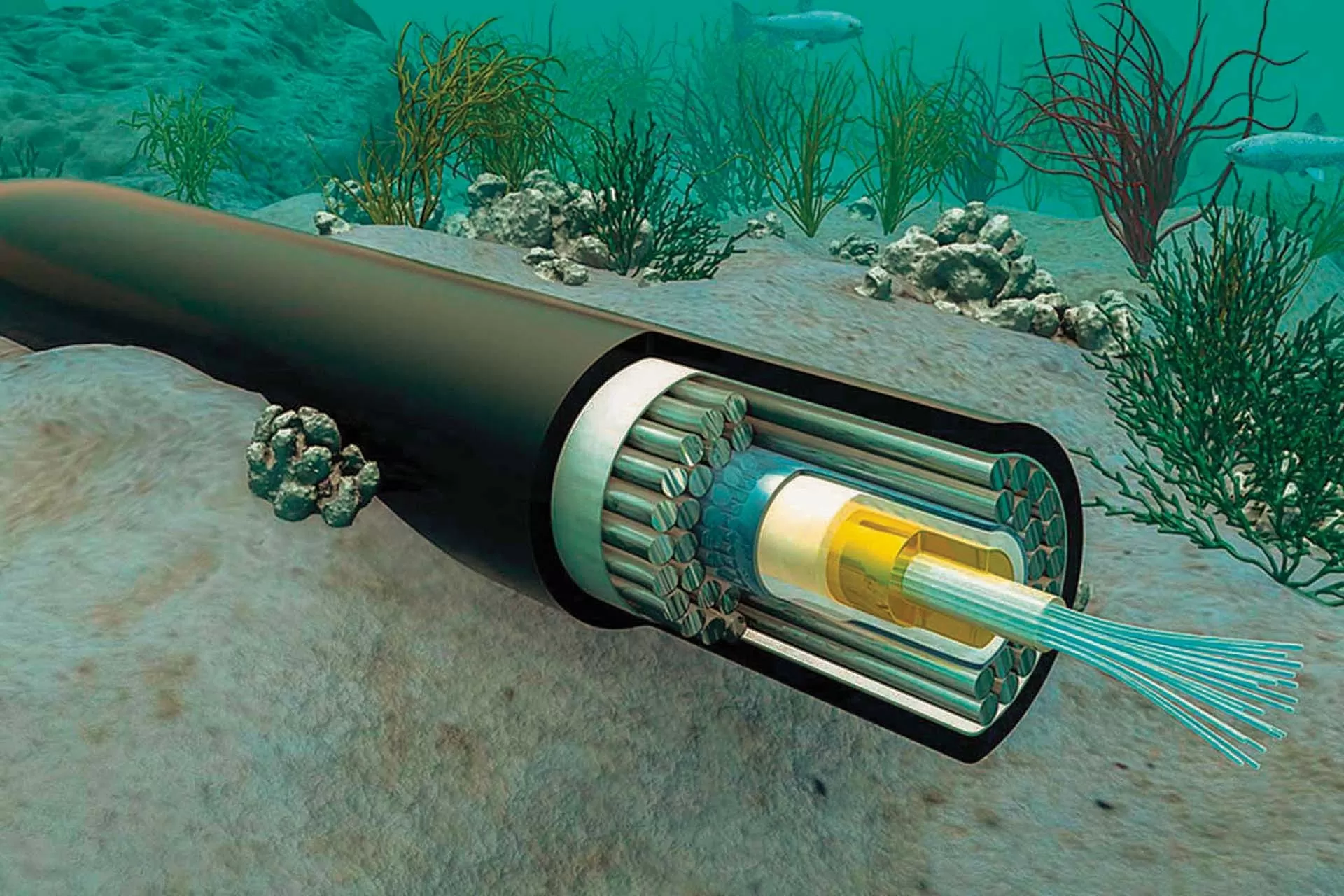 |
| Undersea fiber optic cables are becoming a new weapon in great power competition. (Source: navegaro.com) |
In July 1858, two ships met in the middle of the Atlantic carrying a 1.5cm diameter submarine cable which was then welded together to form the first 4,000km long submarine cable connecting Europe and North America. This cable transmitted the first telegram from Queen Victoria of England to US President James Buchanan.
Although it took 17 hours for the telegram to be transmitted between the two countries via Morse code, it marked an important milestone in the history of human communication. By 1966, fiber optic cables began to appear and were deployed by telecommunications companies in the late 1970s. However, it was not until the 1990s that the Internet really made fiber optic technology explode.
Outstanding advantages
Currently, data transmission via fiber optic cable is still preferred over satellite because it can transmit data as fast as the speed of light (99.7%) and is highly reliable, difficult to interfere with (such as eavesdropping, signal theft...), does not burn (because there is no electricity running through the cable)... However, the installation of a submarine fiber optic cable system requires high costs, difficult connections due to crossing continents through oceans, and having to find suitable seabed areas... In addition, due to the characteristics of light transmission, the cable needs to be pulled straight, avoiding bending or encountering obstacles.
According to the Center for Strategic and International Studies (CSIS), there are currently about 600 planned or operational cables worldwide with a length of about 1.2 million km. This is truly an information superhighway providing broadband connections to meet the increase in cloud computing, big data, artificial intelligence (AI), 5G networks and carrying from financial transactions worth about 10 trillion USD per day to confidential intelligence information.
Today’s submarine cable systems are largely built, owned, operated, and maintained by private companies. In 2021, about 98% of the global submarine cable system was manufactured and installed by four companies: SubCom of the United States; Alcatel Submarine Networks (ASN) of France; Nippon Electric Company (NEC) of Japan (holding 87% of the market share); and HMN Technologies (formerly Huawei Marine Networks Co., Ltd) of China (holding 11%). Meanwhile, Amazon, Google, Meta, and Microsoft currently own or lease about half of the total bandwidth of this submarine cable system.
Vulnerable
Important as they are, undersea fiber optic cable systems are prone to failure due to many factors. Most of these are caused by collisions with ship anchoring equipment, in addition to severe weather, earthquakes and landslides. According to CSIS, there are an average of 100-150 incidents each year, mainly caused by the impact of fishing equipment or ship anchors. However, there are also incidents that are believed to be due to direct "planned" human impact.
In 2023, two submarine cables supplying internet to Taiwan’s Matsu Islands suffered a “failure,” leaving 14,000 residents digitally isolated for six weeks. Similarly, in October 2023, a telecommunications cable under the Baltic Sea connecting Sweden and Estonia was damaged at the same time as a Finland-Estonia gas pipeline and cable. Swedish Defense Minister Carl-Oskar Bohlin said the cable damage was caused by “external forces,” and Estonian officials reached a similar conclusion.
According to cable operators, routes in the South China Sea and the Red Sea are two notable choke points in the international submarine cable network. In the Red Sea, a series of attacks by Houthi forces earlier this year damaged key cables connecting Europe and the Asia- Pacific . CNN quoted Hong Kong-based telecommunications company Global Communications as saying that about 25% of traffic between Asia and Europe as well as the Middle East was affected in the attack, which was believed to be by Houthi forces, on March 4, 2023.
Strategic competition
Since the Digital Silk Road initiative was launched in 2015, China has rapidly become the world's leading supplier and owner of submarine cables. With the goal of capturing 60% of the global fiber optic cable market, HMN Technologies has targeted emerging economies in Asia, Africa, the Middle East and the Pacific, according to a 2020 report by the US Federal Communications Commission (FCC). HMN Technologies has now supplied 18% of the total submarine cable length compared to 11% in 2021, making it the world's fastest growing company in the past 10 years.
In addition, China becoming one of the few countries with the capacity to install, operate, maintain and service undersea cables has prompted the US to increase its containment measures. Since 2020, many undersea cables connecting the US with Hong Kong (China) have been requested by Washington to be canceled or rerouted for national security reasons. Currently, the Pacific fiber optic cable network of Google and Metaverse can only transmit data from the US to the Philippines and Taiwan (China), while the hundreds of kilometers of connection to Hong Kong (China) is currently abandoned at the bottom of the sea. A representative of the US Department of Justice told CNN that if this undersea cable is pulled to Hong Kong, China will easily infiltrate to simulate and collect US data and information.
Meanwhile, US companies are stepping up investment in this field. In February 2023, SubCom invested 600 million USD to build the Singapore - France submarine cable line, more than 19,000 km long, expected to be completed in 2025. Previously, in early 2020, China's Heiman company won the bid for manufacturing and wiring of this project at a price of 500 million USD and China Telecom, China Mobile, China Unicom also committed to contribute capital. However, under pressure from the US government, the project investor had to transfer the contract to US SubCom. Previously, in 2021, under the influence of Washington, the Micronesia submarine cable project that China's HMN company participated in the bidding was also shelved. The US company and some Japanese and Australian brokers invested 95 million USD to help Micronesia build this project.
In April 2020, then-US President Donald Trump signed Executive Order 13913, establishing the Foreign Investment Review Commission on Telecommunications Services (ECA) under the Department of Justice. This agency has the authority to review applications submitted to the FCC to ensure that the national telecommunications network is protected from cyber espionage attacks. According to Executive Order 13913, ECA is an interagency agency with members from the Department of Justice, Department of Defense, Department of Homeland Security, etc. The ECA's advisory board includes the Secretary of State, the Secretary of the Treasury, the Secretary of Commerce, and the Director of the Central Intelligence Agency (CIA).
The US government is actively coordinating with the authorities of countries such as Australia, Japan, and South Korea to find ways to limit competitors in the telecommunications network field. On July 29, during the Quad Foreign Ministers' Meeting of the US, Japan, Australia, and India in Tokyo, Australian Foreign Minister Penny Wong said that in the next four years, Canberra will invest more than 18 million AUD to establish the Optical Fiber Connection and Recovery Center. This center aims to share Australia's experience in implementing large submarine optical fiber projects, provide technical support for submarine optical fiber projects transmitting information and data in the Pacific - Indian Ocean region, prevent cyber attacks and illegal data collection, and provide technical support and training for other countries.
In the 2020 National Defense Authorization Act, the US government also proposed establishing fiber optic cable security projects, establishing a fiber optic security fleet made up of the country's fiber optic ships to carry out the installation, maintenance, upkeep and repair of undersea fiber optic cables. In May 2023, the US Navy announced a $5.1 billion investment in building a nuclear-powered submarine named Jimmy Carter to maintain the undersea fiber optic cable system. This shows that the deep seas, where the undersea fiber optic cables are located, will become a new arena for great power competition.
Cooperation for the common good
Some US media agencies believe that submarine optical cables are a global service, passing through international waters, seas and exclusive economic zones of countries. The US government cannot intervene too deeply because this makes it difficult for Washington to gain support from countries and domestic technology corporations. In addition, US pressure in the field of submarine optical cables will also have a negative impact on the development of the US and world telecommunications industry, reducing data transmission efficiency, affecting the development of the Internet industry such as big data, cloud computing, AI... In an article published in the World Knowledge magazine (China) No. 20/2024, Dr. Truong Dac also said that Washington cannot prevent all Chinese enterprises from leaving the global telecommunications network.
When the first transatlantic fiber optic cable successfully connected England and America on August 16, 1858, Austrian writer Stefan Zweig (1881-1942) wrote in his book Decisive Moments of History: “Now these two cables have connected old Europe with the new world, America, into a common world... Although they have conquered space and time, I hope that humanity will always be friendly and united...”. However, after more than 1.5 centuries, the submarine fiber optic cable has become a super-powerful weapon in the increasingly fierce competition between the great powers.
Source: https://baoquocte.vn/cap-quang-he-vu-khi-chien-luoc-duoi-long-bien-298703.html




![[Photo] Prime Minister Pham Minh Chinh chairs the first meeting of the Central Steering Committee on housing policy and real estate market](https://vphoto.vietnam.vn/thumb/1200x675/vietnam/resource/IMAGE/2025/9/22/c0f42b88c6284975b4bcfcf5b17656e7)














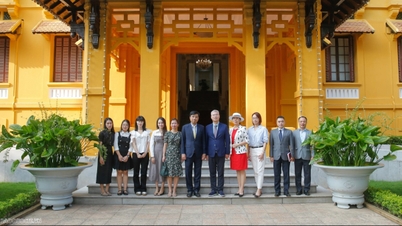









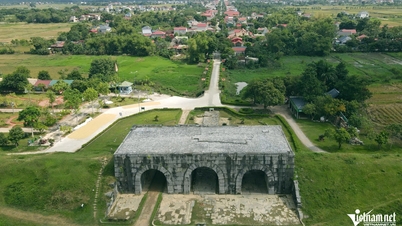

















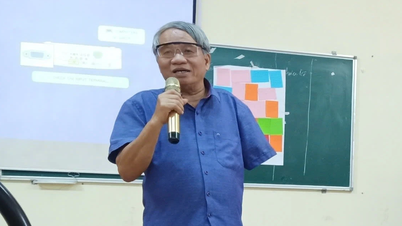










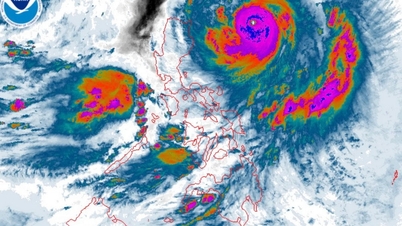
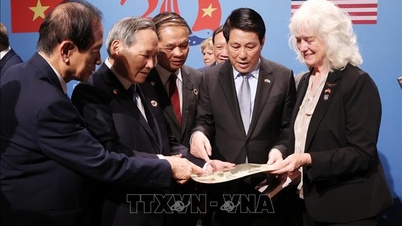







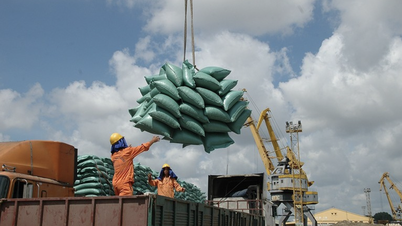









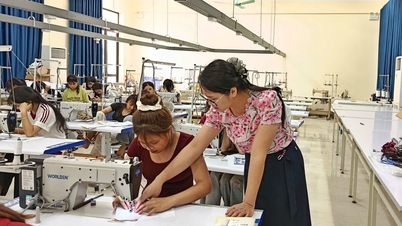


















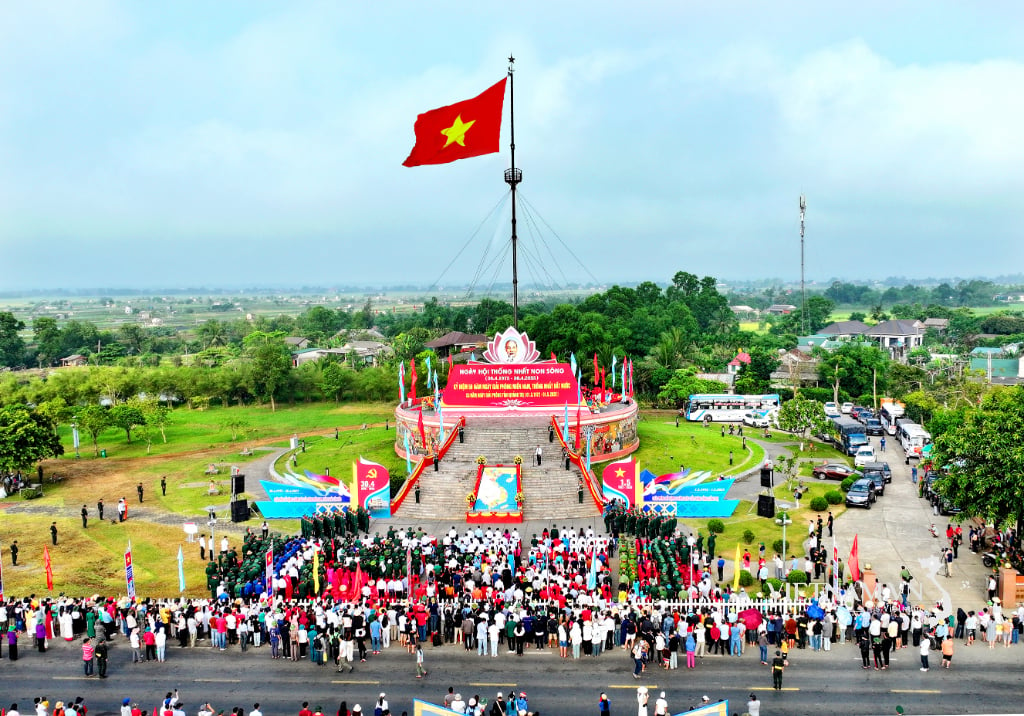

Comment (0)